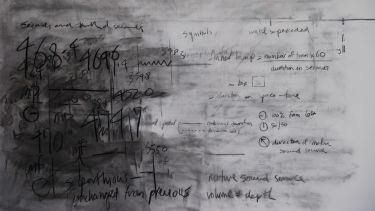Creative Spatial Practices
Our research aims to lead artistic and technological innovation in landscape practice; promote ecological health and inspirational places for people to live; generate models and visualisations of historic and future landscapes.

We are used to thinking about culture, arts and technology as means of entertainment. However, more than diversion, each has the potential to enact significant change on the landscape as well as those who live in it.
The work of the Creative Spatial Practices cluster focuses on the role of visual and material arts, culture and technologies in conceiving this environmental and social landscape change. The group researches the past, present and future cultures and technologies of landscape architecture and forges links between studies in creative experimental design, planning and management practices.
Featured projects
Royal Parks renovation
This work helped restore the baroque gardens in the Dutch Royal Palace of Het Loo to their former visual splendour, while retaining historical accuracy.
Dr Jan Woudstra’s comprehensive review, which identified a number of discrepancies in contemporary gardens compared to their historic counterparts, was used to guide the restoration work. The newly restored gardens were reopened in May 2015.
Grove: landscape drawings
Illustrating how landscape architecture can function as an art form, Grove: Landscape Architectural Drawings comprised an exhibition at the University of California Berkeley of drawings by Cathy Dee, designed to explore the qualities and aesthetic functions of trees.
50 drawings were exhibited in nine themes: some describing a style (Classical, Winter, Windswept), while others typified a spatial construct (House, Topiary, Hortus, Colonnade, Floor, Hilltop).
Discover more about the Grove project
Visualising climate change
This work used computer visualisation technology to help communities and planners better understand and plan for the effects of climate change.
Dr Olaf Schroth, in conjunction with University of British Columbia, found that digital visualisations that simulate the long term effects of climate change, helped residents and planning officers understand how their local landscapes could change, with and without appropriate intervention.
Funders and collaborators
Some of the organisations who have collaborated in Creative Spatial Practices research are:




